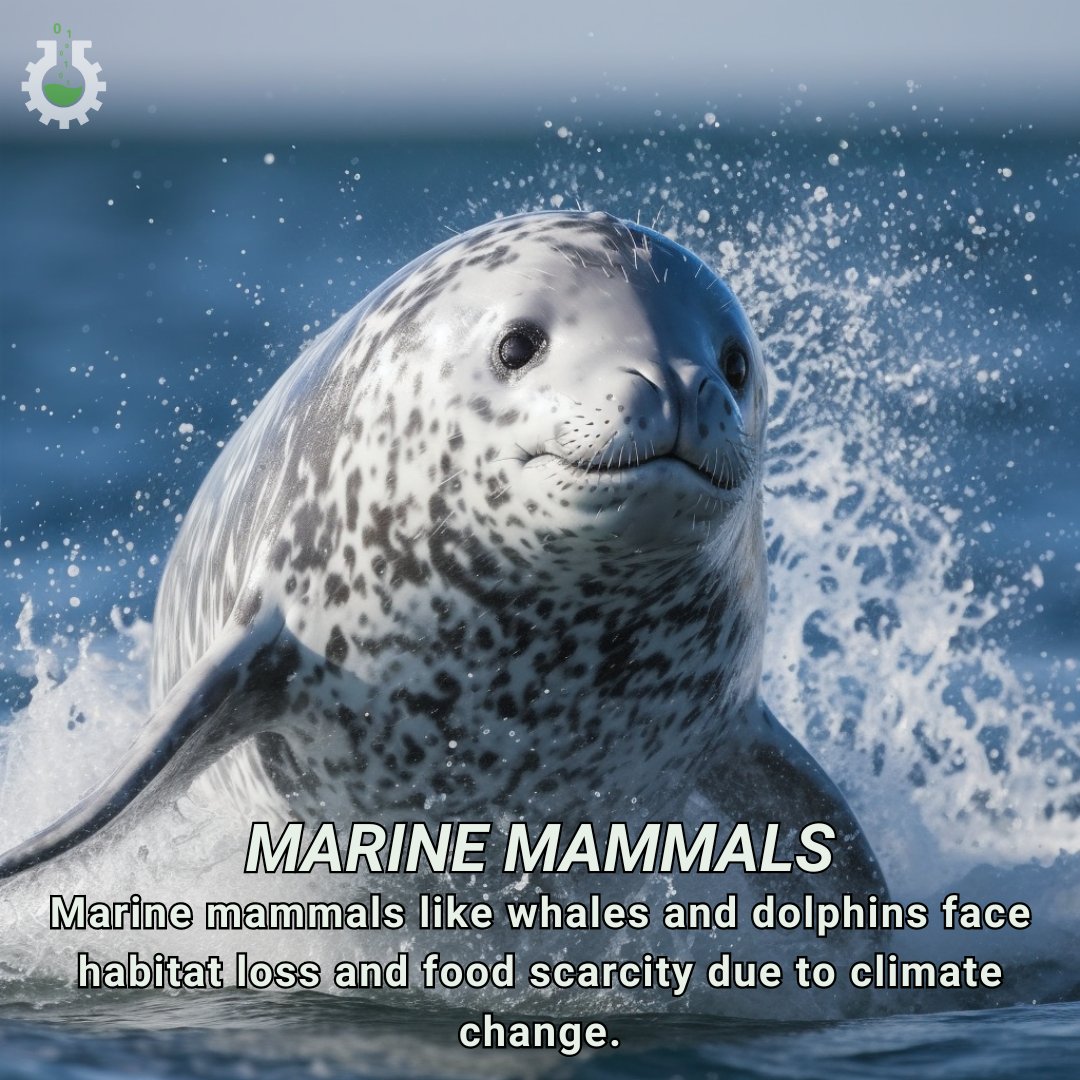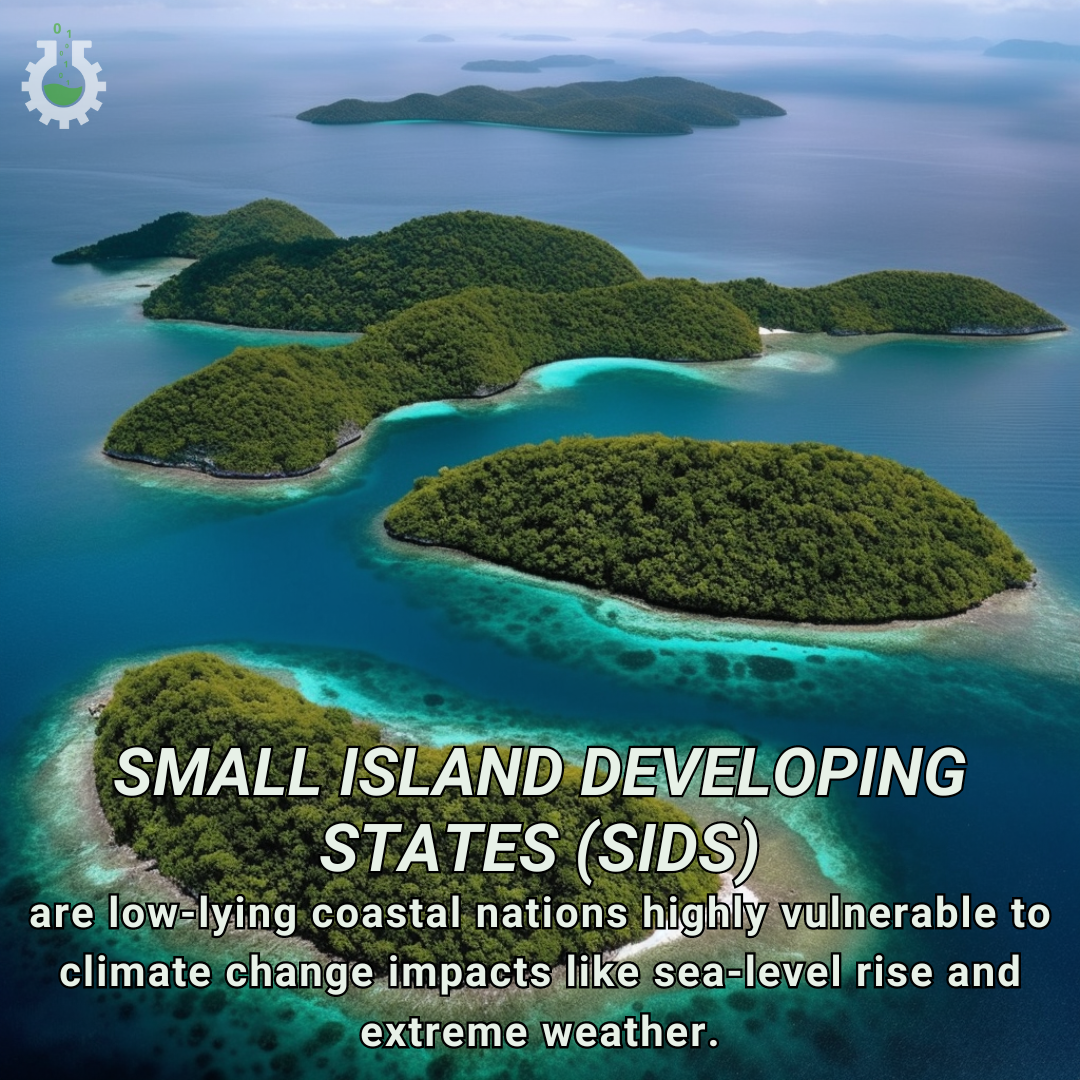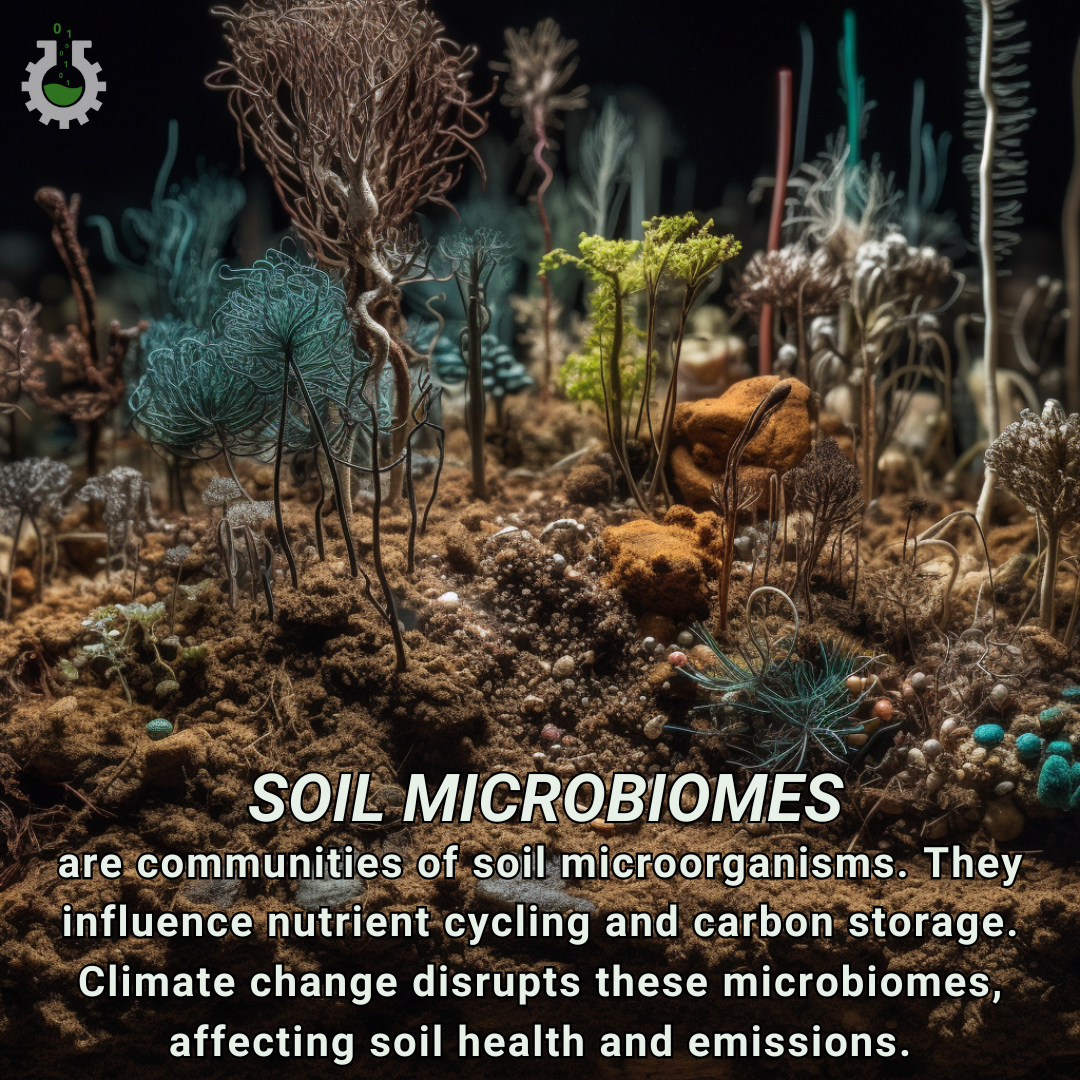Arctic shipping routes are sea paths through the Arctic Ocean, becoming more navigable due to melting ice from climate change. This increases shipping traffic, impacting ecosystems and global trade patterns.
Ski resorts are recreational facilities for skiing. Climate change reduces snowfall and shortens ski seasons, threatening their viability and local economies.
Marine mammals are ocean-dwelling species like whales, dolphins, and seals. Climate change impacts their habitats, food sources, and migration patterns, leading to threats like habitat loss and increased competition for resources.
Microplastics are tiny plastic particles less than 5mm in size. They contribute to pollution, harming marine life and ecosystems. Their production and degradation release greenhouse gases, exacerbating climate change.
Small Island Developing States (SIDS) are low-lying coastal countries that face unique socio-economic and environmental challenges. They are highly vulnerable to climate change impacts such as sea-level rise, extreme weather events, and biodiversity loss.
Ocean deoxygenation is the reduction of oxygen levels in the ocean. It is connected to climate change as warmer waters hold less oxygen and increased nutrient runoff from land leads to more oxygen-consuming algae blooms.
Cultural heritage loss refers to the destruction or degradation of culturally significant sites, artifacts, and traditions. Climate change accelerates this loss through rising sea levels, extreme weather, and changing ecosystems, threatening the preservation of history and identity.
Soil microbiomes are communities of microorganisms living in the soil. They play a critical role in nutrient cycling and carbon sequestration. Climate change alters these microbiomes, impacting soil health and greenhouse gas emissions.
Migratory bird patterns refer to the seasonal movement routes of birds between breeding and wintering grounds. Climate change disrupts these patterns by altering habitats, food availability, and weather conditions, impacting bird survival and biodiversity.
Microclimates are localized climate conditions in a specific area that differ from the surrounding region. Climate change can alter these microclimates, affecting local ecosystems, agriculture, and weather patterns.












